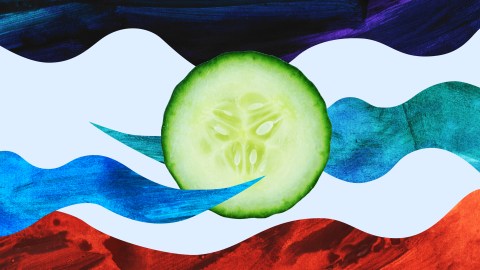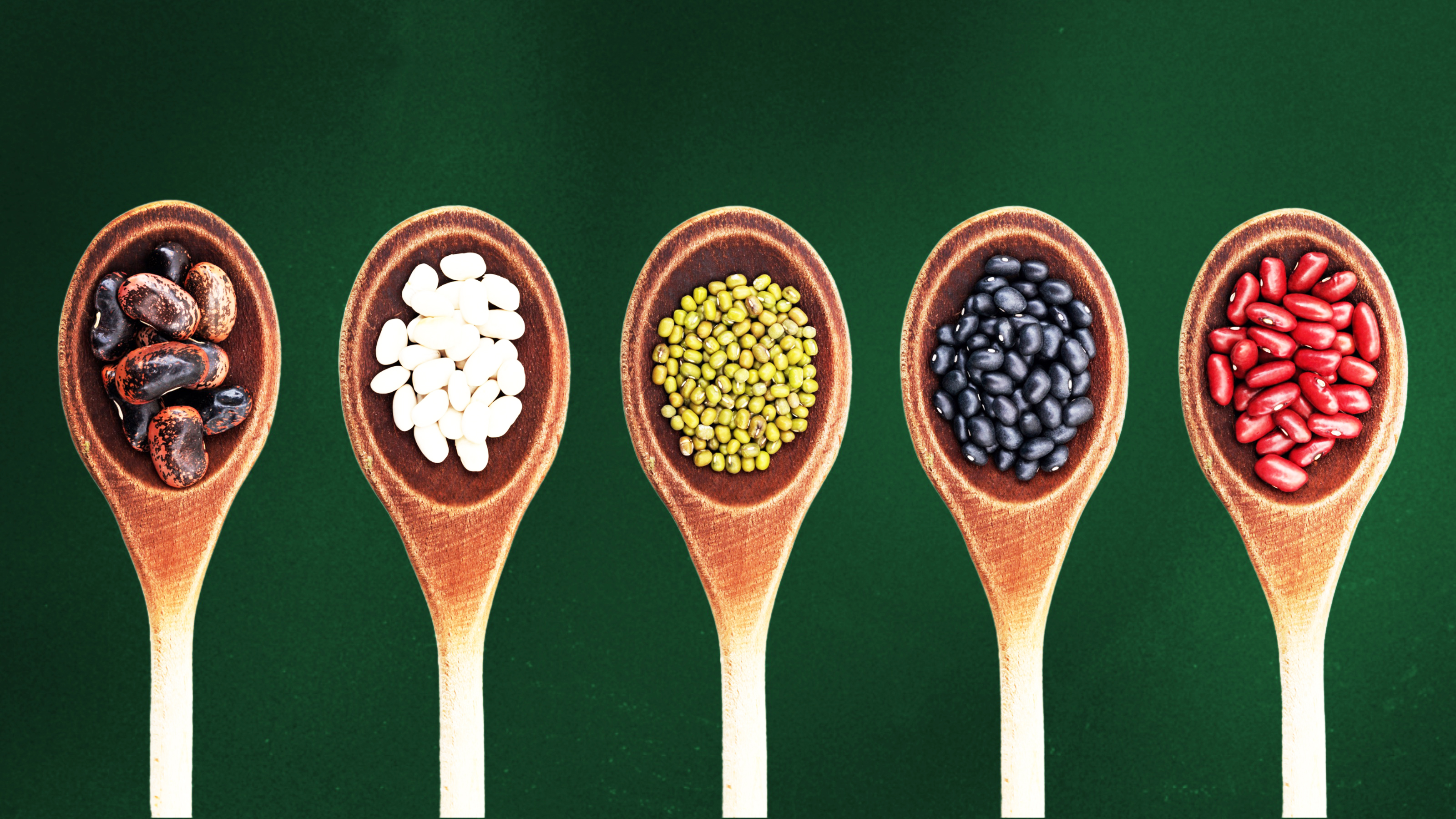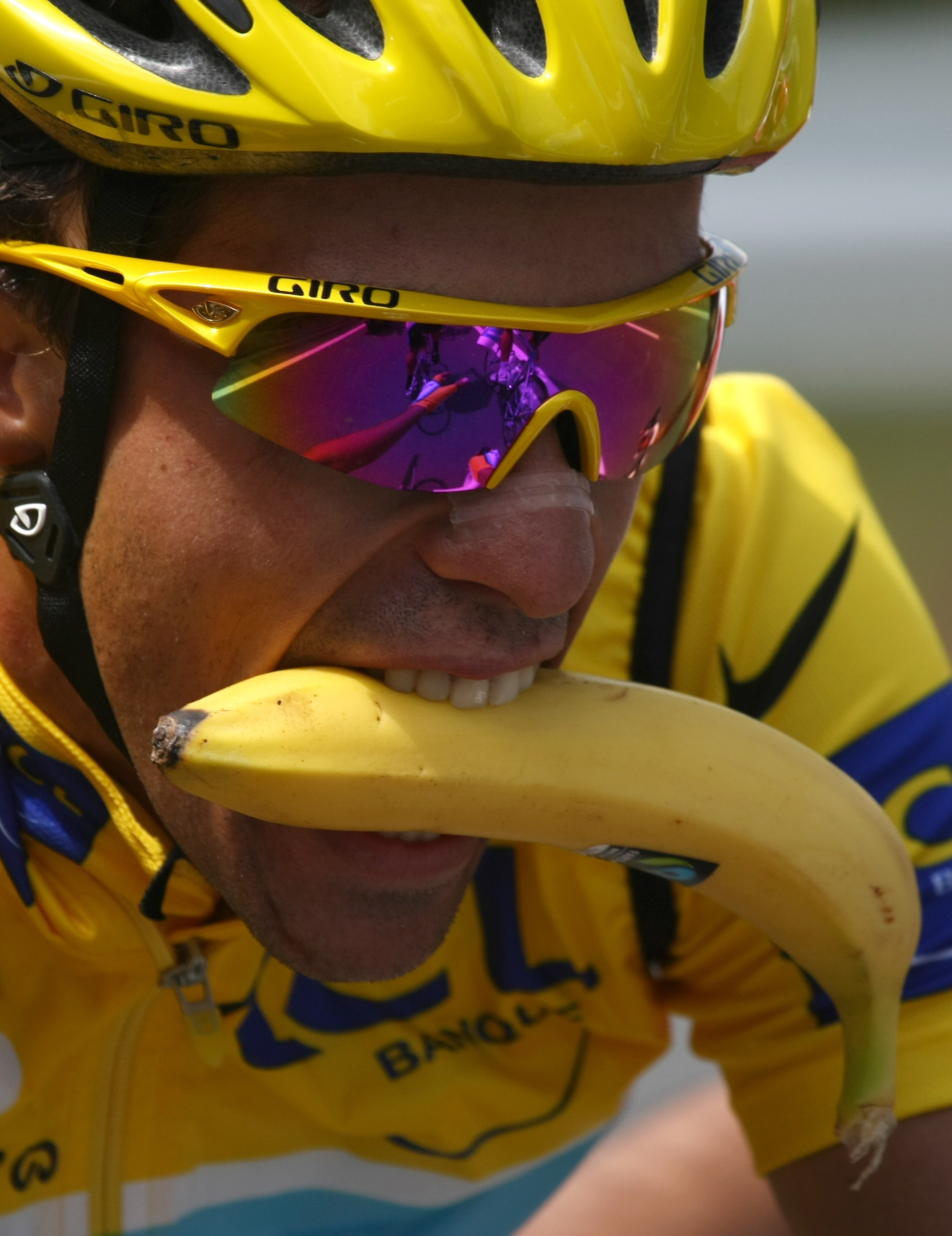5 diet fads from the last 15 years that fizzled out

- Worldwide obesity has more than tripled in the past 50 years. But rather than face up to the root problem of our collective weight gain, we instead pursue seductive diet fads that promise quick fixes.
- Five major diet fads that gained prominence then fizzled out include the raw food diet, paleo diet, gluten-free diet, detox diet, and ketogenic diet.
- Diet fads are ultimately ineffective because they tend to promote short-term changes, are excessively stringent in the foods they recommend, are difficult to maintain for a long time, are often nutritionally inadequate, and lack scientific backing.
Worldwide obesity has more than tripled in the past 50 years. But rather than face up to the root problem of our collective weight gain — over-consuming calories due partly to an abundance of hyper-palatable processed foods, coupled with a sedentary lifestyle — we instead pursue seductive diet fads that promise quick fixes to our bodily malaise.
As an international team of scientists wrote in a paper published in 2022, these diet fads are ultimately ineffective because they tend to promote short-term changes, are excessively stringent in the foods they recommend, are difficult to maintain for a long time, are often nutritionally inadequate, and lack scientific backing.
Over the past 15 years, numerous diet fads have sprung up and ultimately fizzled. Scientific scrutiny and a readily distracted public eager to move on to the next fashionable eating trend led to their demise. Here are five of the most prominent diet fads that died out.
Raw food diet
Google Trends shows that searches for raw eating peaked in 2010 and have steadily fallen ever since. Searches today are just 18% of their high. Advocates of eating raw food insist that cooking destroys the natural enzymes and vitamins present, rendering the food toxic. While cooking certainly does degrade some of a food’s nutrition, it also makes it easier and safer to eat. Studies suggest that long-term devotees to raw-eating typically wind up underweight and nutritionally deficient in vitamin B12, vitamin D, iron, and calcium. Eating raw food is a diet fad that deservedly faded into obscurity.
Paleolithic diet
Per Google, the paleolithic diet achieved its greatest interest in fall 2012 and now attracts just a tenth of that. This diet fad calls for people to eat like ancient humans did before the advent of farming, as befits our natural evolution. That means consuming fruits, vegetables, lean meats, fish, eggs, nuts, and seeds. Unfortunately, it leaves out two nutritionally dense food groups: whole grains and legumes. Like raw-eating, its rigid focus can lead to nutritional deficiencies. Its strictness also ignores the fact that ancient humans from across the globe ate all sorts of foods (sometimes including other humans). We aren’t evolutionarily adapted to eat only a few things, but a multitude.
Gluten-free diet
Going “gluten-free” was quite a diet fad in the mid-2010s, as people suffering from occasional gastrointestinal upset (but without a rarer condition called Celiac disease) started blaming their tummy troubles on gluten, a protein naturally found in grains like wheat, barley, and rye. But since its peak in May 2014, interest in “gluten sensitivity” has waned significantly to less than half that. Perhaps the most significant trigger of gluten sensitivity’s downfall was a double-blind, placebo-controlled study which found that people who thought they were negatively impacted by the protein actually weren’t. Instead, hard-to-digest sugars called FODMAPS, found in a lot of gluten-containing foods, were the real culprits.
Detox diet
Detoxification. It sounds great. Who wouldn’t want to detoxify their body? A lot of people did in 2014, when the diet fad was at its height. It’s an ultimately meaningless term, however. The body has terrific built-in mechanisms to cleanse itself of waste products. To maintain them, all you need to do is eat a balanced diet and exercise.
Advocates of detoxification, on the other hand, want you to buy expensive juices or try wonky, low-calorie, brief diets in which you consume nothing but water with lemon, cayenne, and maple syrup, for example. Sometimes, they just want you to fast while consuming natural laxatives. The idea is that this dietary reboot will rid you of “toxins.”
As dietician Cara Rosenbloom wrote for the Washington Post in 2022, what ensues certainly provides a cleansing feeling. “The relief that comes with the laxative effect of detox diets may appear to be evidence that toxins were removed. But it’s simply the result of a long-overdue poop.”
Ketogenic diet
Interest in the ketogenic diet has plummeted as of late. The most Google Search interest the diet fad garnered was in 2019. It’s down to a fifth of that now. Followers of the ketogenic diet consume less than 10% of their calories from carbohydrates, another quarter from protein, and the rest from fat. This mix, out-of-step with the carbohydrate dominated diet that most of us eat, makes the body run on energy from breaking down ketone bodies (fat) rather than glucose (sugar). This supposedly reduces appetite and raises the body’s metabolism.
There’s evidence that the diet accomplishes both of these aims, but only slightly. Ultimately, consuming a low-calorie ketogenic diet likely results in a tad more weight loss in the long run compared to a conventional low-calorie balanced diet, but it is a lot harder to stick to, which explains its diminished attractiveness.





